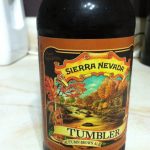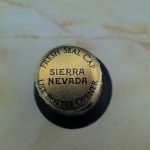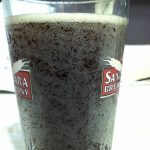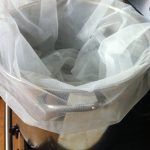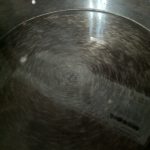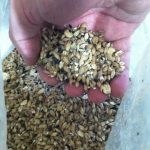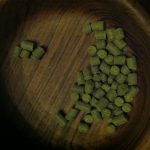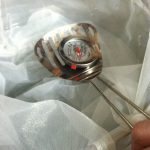When it comes to homebrewing, the absolute easiest thing you can make is hard cider. In this day and age where apple cider is readily available from apple orchards all over (or from a grocery store if you have to), you can get a batch fermenting in 5 minutes. A lot of apple orchards sell freshly pressed apple cider without any preservatives added and ideally this is the cider you want to use.
The preservatives added to juice is called potassium sorbate, and its only job in the world is to prevent yeast from reproducing. Just in case any wild yeast makes its way into your cider, it won’t ferment so quickly and the cider will “last” longer. It can’t stop the yeast from fermenting the sugars in the cider, it just stops them from being able to multiply.
So you want to avoid cider with preservatives. If you don’t live anywhere near an orchard that sells preservative-free cider, fear not, because you can still make it work. You just need more yeast. The orchard I went to only sold cider with preservatives so I had to go this route.
To make cider, you need:
* Cider
* Yeast (any brewing yeast, you can find it at your local home brew store or most Co-Ops)
Put the cider in some kind of container that you can ferment it in. The jug it came in will work fine as long as you can put together some sort of airlock system in it to prevent contaminants from getting in and the bottle from getting pressurized. Add the yeast to the cider. Wait for several months. If you want it carbonated, mix a little table sugar in with the cider and place in pressurized bottles (like old pop bottles).
If you’re like me and are using cider with potassium sorbate, you need more than just a packet of yeast. Since it won’t multiply, you need to start with all the yeast possible. I used three packets of champagne yeast. On top of that, I made a yeast starter using some briess dry malt extract and yeast nutrient to get the yeast amped up and ready to ferment my cider.
Now it’s just a waiting game for some tasty, tasty hard cider.
** Note: In Co-Op’s and grocery stores you will find a product called “Brewer’s Yeast.” This is not what you want to use, this is dead yeast that won’t activate or ferment.



